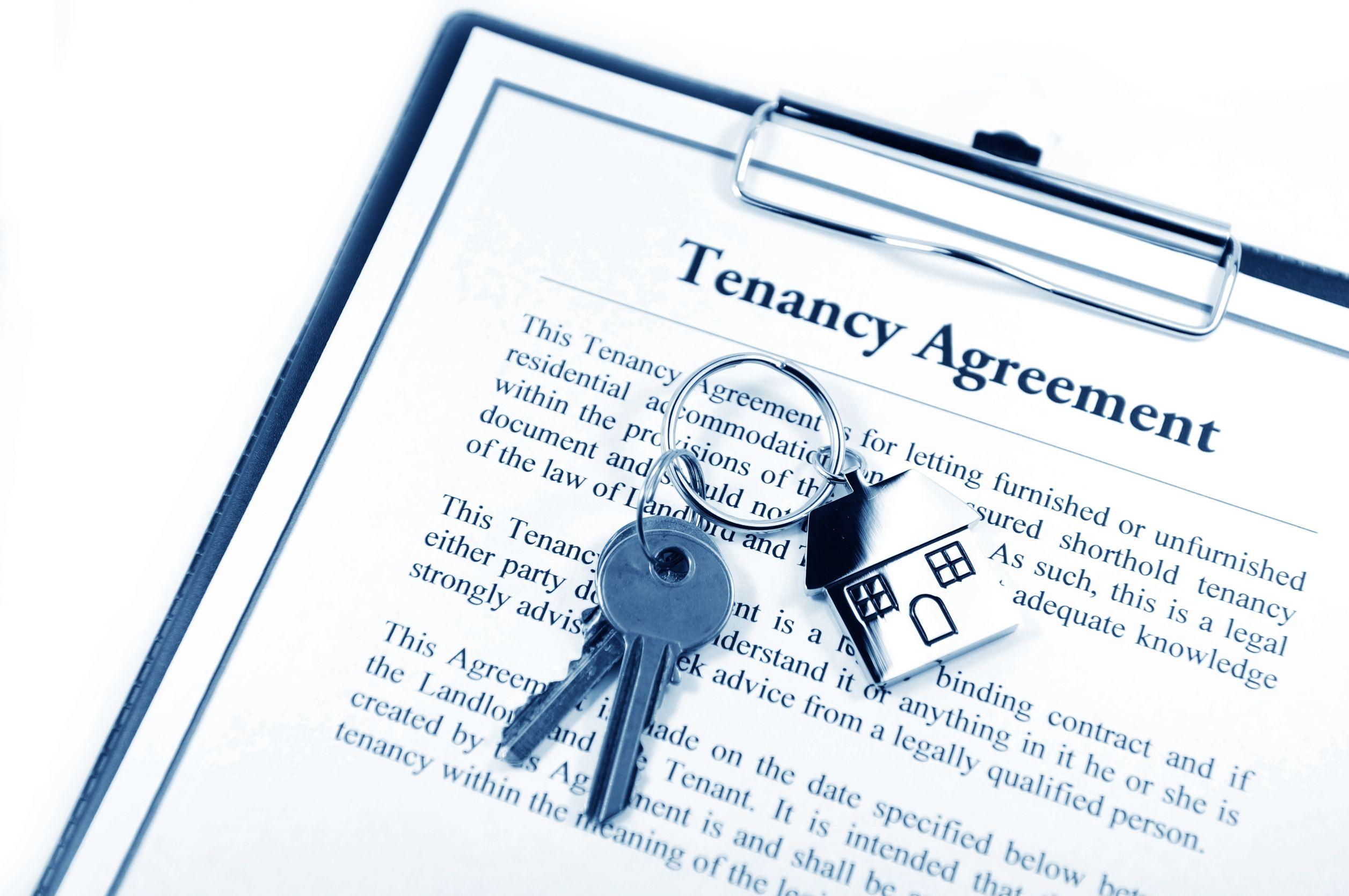
The Government of Ontario has just released this week a new standardized lease that is now required for residential tenancies starting April 30, 2018.
On the Ministry of Housing’s website, the purpose of the standard lease is to use plain language to help:
- landlords and tenants understand their rights and responsibilities
- reduce illegal terms in leases and misunderstandings caused by verbal tenancy agreements
- reduce the need for the Landlord and Tenant Board to resolve disputes
The standard lease is not required by other kinds of housing that is covered by the Residential Tenancies Act. Those are: care homes and retirement homes; mobile home parks and land lease communities; and social housing including rent-geared-to-income assisted living. Standard leases for these types of housing are being developed by the government.
Overall, the standard lease contains three broad sections.
1. Mandatory Fields
Mandatory sections within the standard lease must be completed and cannot be altered or removed by either the landlord or the tenant. The lease must have the names of the landlord and the tenants, the tenancy term, rent amount and services included, and other terms that the landlords and tenants may agree to, such as rent deposits, key deposits, smoking rules, and tenant insurance.
2. Optional Additional Terms
When there are terms or responsibilities that are that are unique to the residential unit, landlords and tenants can still reach an agreement but will have to include an additional page. It is recommended that the additional page or pages are either signed or initialled by both the landlords and the tenants. If the rental unit is within a condo, include the by-laws and the rules of the condo corporation.
3. General Information
Although this is an appendix of the lease, it helps to explain every section within the standard lease. It also provides quick information such as the landlord’s obligation not to discriminate under a prohibited ground under the Ontario Human Rights Code.
Going Forward
This standardized lease comes into effect on April 30, 2018.
If a landlord uses any other lease on or after April 30, 2018, the tenant can ask the landlord for one in writing. The landlord must provide one within 21 days. That means OREA (provided by real estate agents) agreements can no longer be used.
Tenants can’t ask for a standard lease if they have already signed a lease before April 30, 2018. Tenants can’t ask for a standard lease if they sign a fixed-term lease that expires and automatically becomes a month-to-month tenancy after April 30, 2018.
If the landlord fails to provide the standard lease within the 21 days allotted, the tenant can legally withhold one month’s rent. If the tenant does not receive the standard lease within 30 days from when they stopped paying rent, the tenant can keep that one month’s rent. However, the tenant must resume paying rent as it becomes due after the 30 days, even if the landlord does not provide a standard lease.
Also, the tenant can give 60 days’ notice to terminate a tenancy after the 21 day period, regardless if it is a yearly tenancy or month-to-month.
If the landlord provides a standard lease but includes a new term or terms that the tenant doesn’t agree to, the tenant can give 60 days’ notice to terminate the tenancy early. In this case, the tenant’s notice must be given within 30 days of receiving the standard lease.
If the tenant uses the 60 days’ notice in either scenario, the termination date is on the last day of the rental period (e.g., the end of the month).
If you need advice on standard tenancy agreements, please reach out to us at our Contact page.
A copy of the standard Residential Tenancy Agreement can be found on our Resources page.

